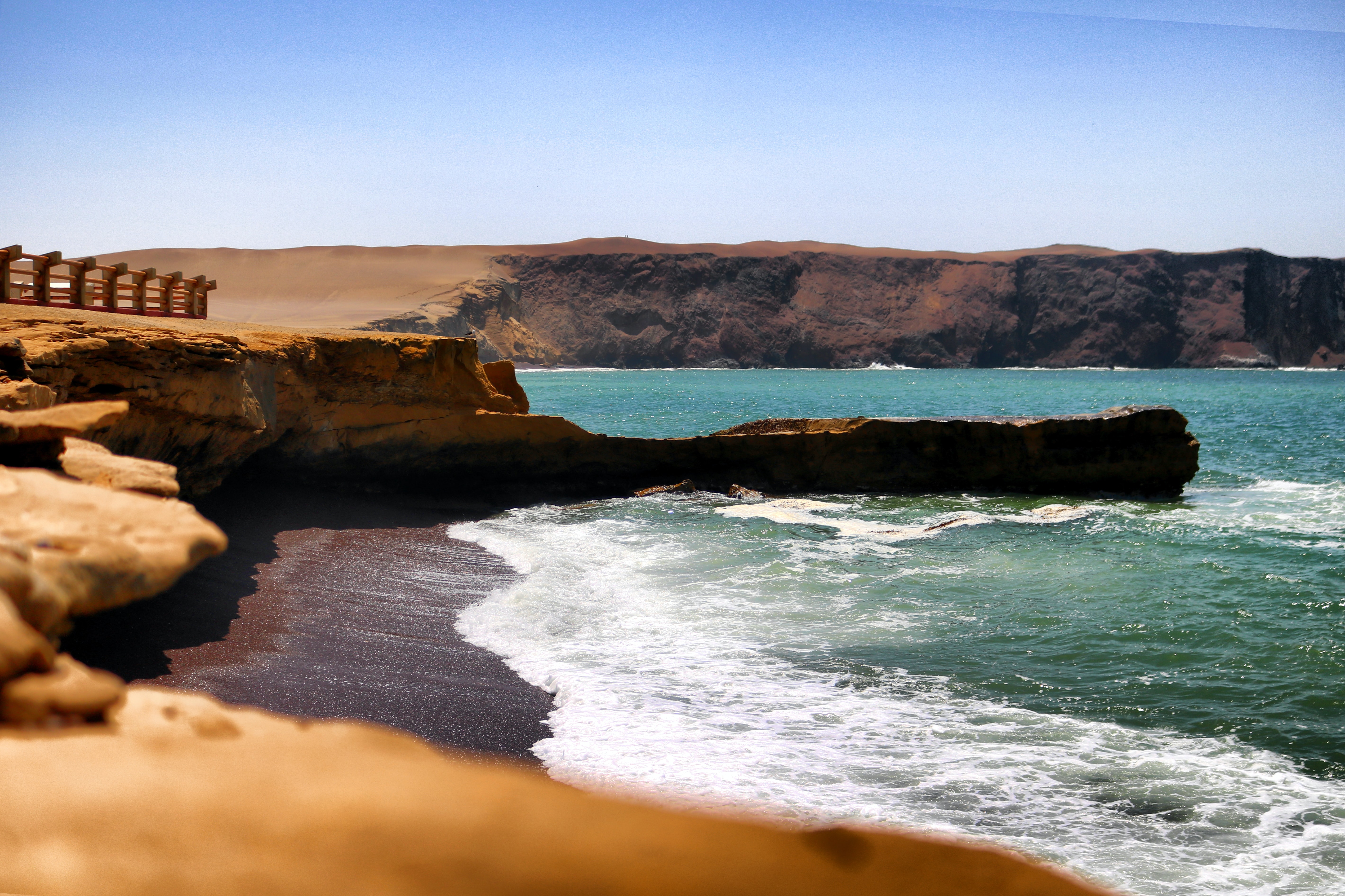In recent weeks, various collectives, tourism guilds and environmentalists have expressed their opposition to a port project that would put the Paracas National Reserve, Peru's third most well-known and visited protected area, at risk. The growing discourse around reviving the economy following the COVID-19 pandemic, which clearly overlooks environmental protection, has aggravated concerns about this plan.
The port expansion project that already exists in the buffer zone of the reserve includes the construction of a warehouse for mineral concentrate, which would be brought in by trucks from the highlands, where important mining centers are located. These vehicles would pass through the reserve, generating negative impacts such as noise pollution, and risk overturning, which would seriously endanger the habitat of various species and damage the natural landscape.
In order to achieve its objective, the Paracas Port Terminal consortium presented a modification to the environmental impact study, which was rejected due to observations from institutions like the National Service of Natural Protected Areas (Sernanp). However, the concession of the permit for the execution of the project is still pending.
In a report, the Peruvian Society for Environmental Law (SPDA) expressed its concern about the project and concluded that there is a risk of contamination and other impacts on the reserve's fauna. The organization asked the State to comply with its obligation to make decisions that avoid the generation of environmental impacts, risks and unnecessary damages to the reserve. In addition, SPDA proposed the evaluation of other exits for the transportation of these minerals.
The Paracas National Reserve was established in 1975 over an area of 335 thousand hectares. It includes 65 percent marine waters (217,594 hectares), archeological heritage, threatened species and one of the most spectacular coastal landscapes in the country.

